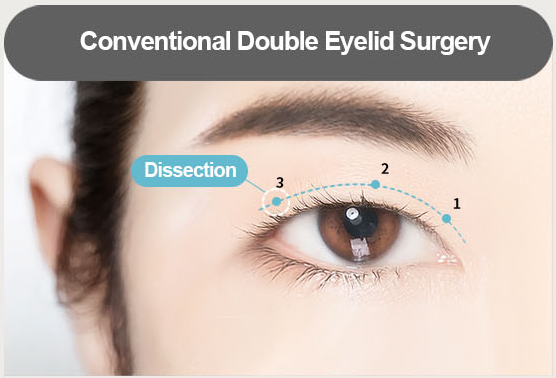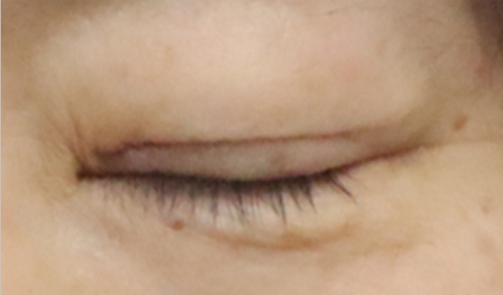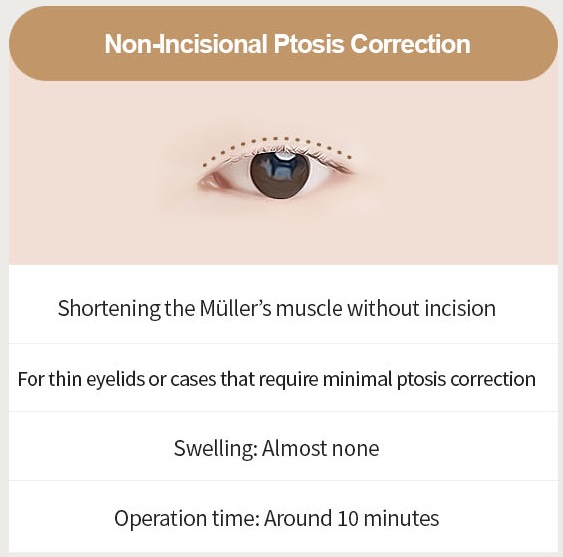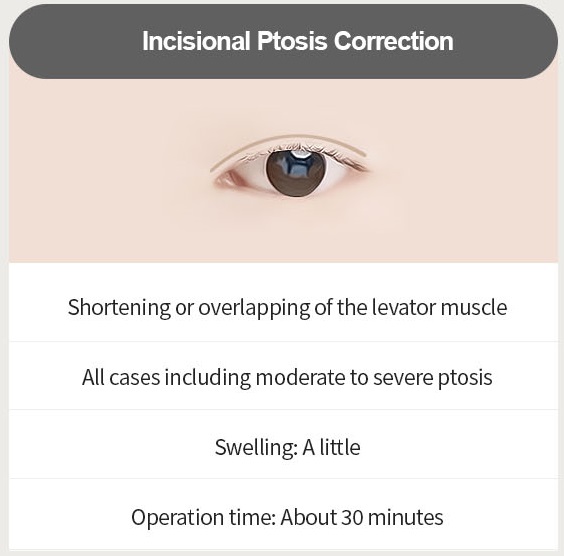LIVELY EYE SURGERY


LIVELY Run Proof Double Eyelid Surgery
It is a procedure designed to keep the double eyelid crease in place even if the thread knots loosen over time.
The conventional non-incisional adhesion method involved limited dissection only around the knot areas, relying on the tension of the threads placed through the tissue to maintain the double eyelid. In contrast, the Run Proof adhesion technique performs sufficient dissection of the tissue beneath the skin at the intended crease line, creating direct adhesion between the eyelid muscle and the skin, thereby significantly reducing the chance of loosening.

A double eyelid created solely by the tension of threads cannot withstand the resistance of our eyes, which blink more than ten thousand times a day.

This is a procedure designed to maintain the double eyelid crease even if the thread knots loosen over time. By dissecting the full thickness of the tissue beneath the skin at the intended crease line, the eyelid muscle and skin come into direct contact, promoting linear adhesion.
LIVELY Incisional Double Eyelid Surgery
A clear and natural-looking double eyelid line
It is the most effective method to improve heavy upper eyelids with excess fat, soft tissue, or drooping skin. By removing unnecessary fat and a portion of the muscle, and securely attaching the end of the levator muscle to the skin, we create dynamic double eyelids with minimal visible scarring even when the eyes are closed.

Static Fold
Such sunken scars are not caused by suture problems, but rather by the conventional surgical method of fixing the skin deeply to the tarsal plate.

Dynamic Fold
At Lively, we create double eyelids that are well-defined yet leave almost no visible scar when the eyes are closed, by connecting the end of the levator muscle to the skin.
LIVELY Ptosis Correction
Clear and lively eyes for every eye shape!
Ptosis correction refers to a procedure that surgically corrects a condition where the muscles responsible for opening the eyes are weak, causing the upper eyelid to cover too much of the iris (the black part of the eye).
Ideally, when the eyes are open, the upper eyelid should cover about 1–2 mm of the upper part of the iris. However, making everyone’s eyes conform to this standard does not necessarily result in a more attractive appearance. Depending on factors such as the size of the iris, the degree of eye protrusion, and the use of forehead muscles, some individuals may look better with slightly more or less of the iris exposed.
These factors also influence the risk of ‘lagophthalmos’—a condition where the eyes cannot fully close.
Lively Ptosis Correction aims not just to make the eyes appear larger, but to provide a clearer, more defined look while minimizing the risk of lagophthalmos by tailoring the correction to each individual’s unique characteristics.
Non-incisional vs. Incisional Ptosis Correction: A Comparison

